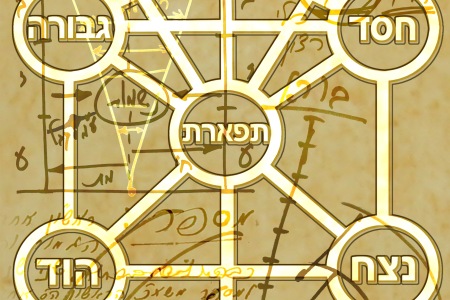How to Become Light Sensitive to the Colors of Connection
Everything that The Zohar and the wisdom of Kabbalah talk about are forms or types of the connection between us. The Creator or the Upper Light has no form; we cannot feel Him. The types and forms of connection of bestowal and love between us by being equivalent to the Light, give the Light form, color, and gradations of qualities. I can distinguish and “pick up” the Light in my own qualities to the extent that they are similar to Him.
Therefore, whatever we read about in The Zohar always refers to types of connection between souls. We reveal the Light according to the forms of connection that manifest between us. Otherwise the Light is impossible to “pick up” (reveal). “There is no Light” if I don’t paint it with different colors. The Light that comes to me should necessarily be colored as the seven colors of the rainbow. Without this, I, as a created being, will not see it; I will be unable to sense or perceive it. [Source: Dr. Michael Laitman, “Through the Seven Colors of the Rainbow to the Simple White Light.”]
Worlds of Color According to Your Spiritual Sensitivity
The Zohar ascribes a specific color to each Sefira:
- White corresponds to Sefirat Hochma;
- Red corresponds to Sefirat Bina;
- Green corresponds to Sefirat Tifferet; and
- Black corresponds to Sefirat Malchut.
Although the Light that fills the Sefirot is colorless, receivers see it with its corresponding hue. Thus, in all five worlds (from Ein Sof to our world), the Light that emanates from the Creator is an absolutely colorless, imperceptible substance. Only after it traverses the worlds and Sefirot as if through color filters do we perceive it as having a certain color and intensity, depending on the level of the soul that receives the Light.
Continue reading “The Magical Play of Light: Color in the Spiritual Worlds”




